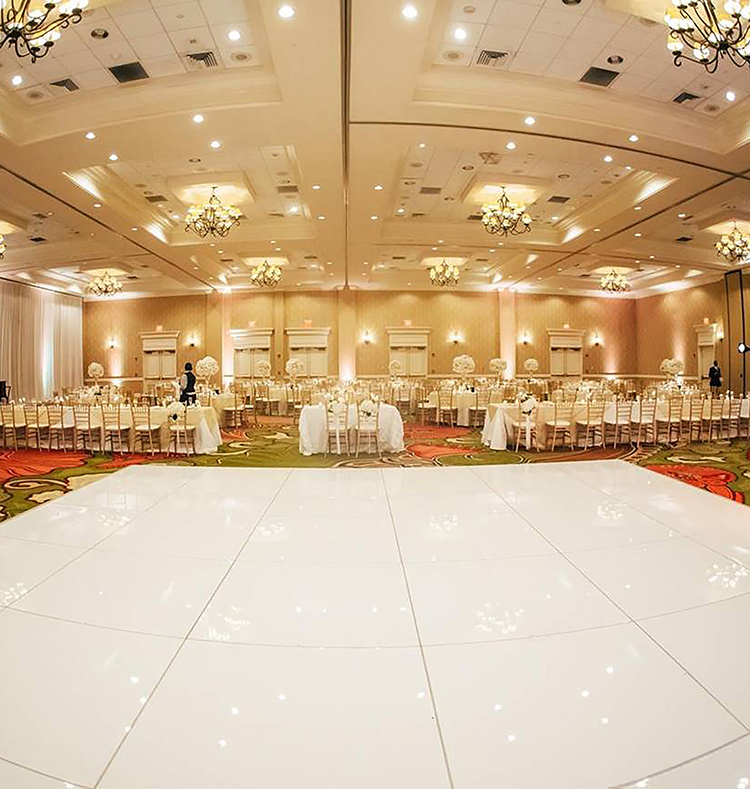Innovative Design Movements Shaping the Prospects of Interactive Light Emitting Diode Dance Surfaces
Innovative Design Movements Shaping the Prospects of Interactive Light Emitting Diode Dance Surfaces
Blog Article
Interactive light-emitting diode dance floors have become increasingly popular in multiple entertainment locations, including dance clubs, musical events, and gatherings. These floors use advanced tech to generate vibrant lighting displays that respond to music and movement. As technology keeps to evolve, several innovative design trends are influencing the future of these responsive dance floors. These patterns not only improve the visual encounter but also boost user involvement and create a more immersive environment for performers and spectators alike.
One notable pattern in interactive light-emitting diode dance surfaces is the incorporation of smart technology. Many recent designs feature sensors that detect motion and modify the lighting in response. This means that the surface can change hues, patterns, and effects based on how numerous people are dancing and where they are positioned. This responsiveness creates a lively environment that encourages involvement and excitement. Additionally, some models allow participants to control the illumination through mobile applications, giving them the ability to customize their experience in real-time.
Another crucial trend is the use of eco-friendly materials and energy-efficient tech. As environmental issues grow, many designers are focusing on developing LED dancing floors that are not only aesthetically stunning but also eco-friendly. This comprises utilizing repurposed materials for the surface's building and adopting power-efficient LED illumination. These innovations assist minimize the carbon impact of events while still providing a mesmerizing visual encounter. By focusing on sustainability, designers are appealing to a more environmentally aware crowd.
The incorporation of augmented virtual reality (AR) is also transforming the interactive dancing surface encounter. AR technology allows participants to view digital graphics and visuals overlaid on the physical world through their mobile devices or AR glasses. This can improve the dance surface encounter by introducing virtual components that interact with the real space. For instance, performers might witness animated characters or graphic effects that react to their movements, producing a unique and engaging environment. This trend is particularly appealing to millennial audiences who are accustomed to virtual engagements in their everyday lives.
Furthermore, the design of responsive light-emitting diode dance surfaces is becoming more flexible and modifiable. Many new designs can be readily installed in various environments, from short-term events to long-term setups. This adaptability allows venues to develop tailored encounters that cater to different concepts and crowds. Some models even feature interchangeable components that can be rearranged to create different shapes and arrangements. This flexibility not only improves the aesthetic appeal but also enables for artistic design in gathering planning.
In conclusion, check the prospects of responsive LED dance surfaces is being influenced by innovative design patterns that concentrate on technology, eco-friendliness, enhanced reality, and flexibility. These developments are creating more engaging and captivating encounters for users, making dancing surfaces a central feature of entertainment venues. As these patterns continue to advance, they will probably reshape how individuals interact with music and movement, guaranteeing that responsive LED dance surfaces remain a popular option for gatherings and festivities.